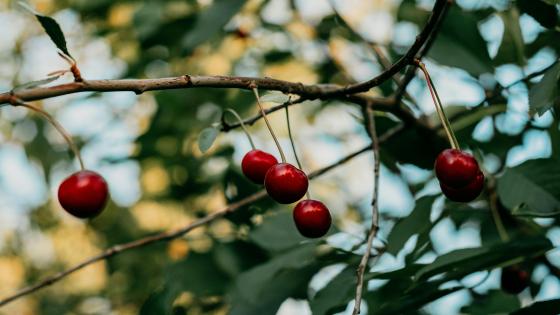
Sweet Cherries
Sweet Cherries
Sweet Cherries (Prunus avium) are mainly consumed fresh; however, they may also be frozen, canned, or processed for wine. Frequent losses due to such factors as fluctuating winter temperatures, spring frosts, rain-induced fruit cracking, and bird losses make commercial sweet cherry production a challenge in Kentucky.
Key Requirements
| Land | Low to Medium |
| Labor | High |
| Capital | High |
Take the HortBizQuiz to see how much Land, Labor, and Capital you have for your operation.
Markets
- Direct to Consumer
- Farmer's Market
- On-Farm Stands
Pests & Disease
A number of diseases, insects, animal pests and environmental conditions can cause heavy sweet cherry losses in Kentucky. Birds feeding in ripening fruit will cause substantial yield reductions if trees are not netted.
Costs and returns are presented as estimates. They will vary based on your farm and markets.
Costs and returns are presented as estimates. They will vary based on your farm and markets.
Challenges
- Cherries are susceptible to cracking which reduces marketability and increases susceptibility to fruit rot.
- Most sweet cherry cultivars are self-incompatible and require another cultivar to serve as a source of pollen.
- Labor needs per acre are significant.
Opportunities
- Strong demand for fresh fruit at farmers markets.
- Can be used in value-added products such as jams and jellies.